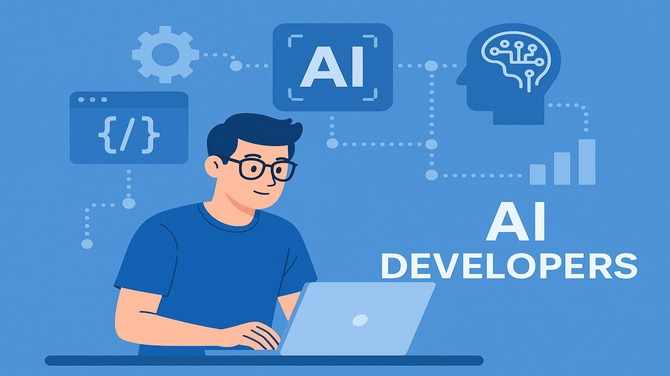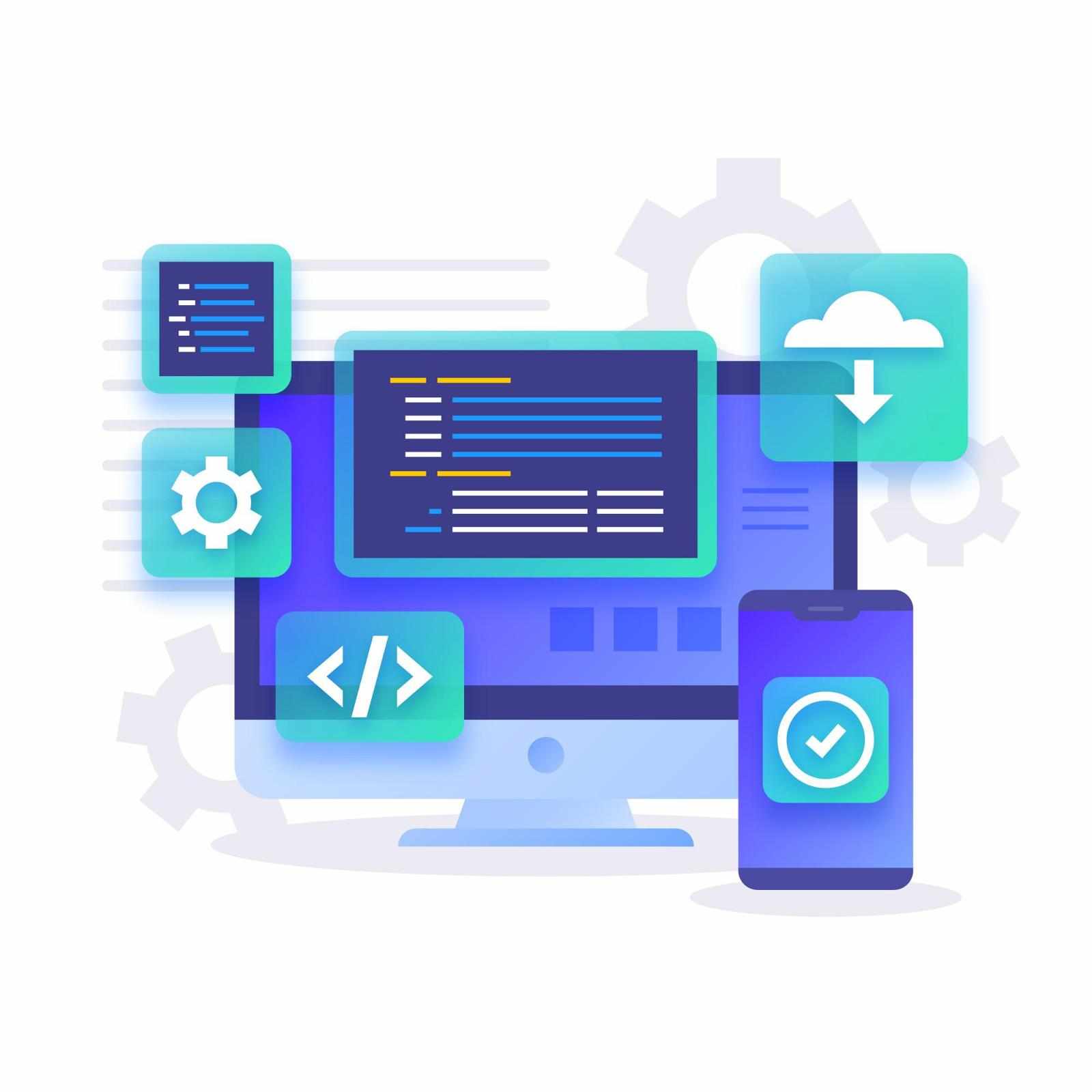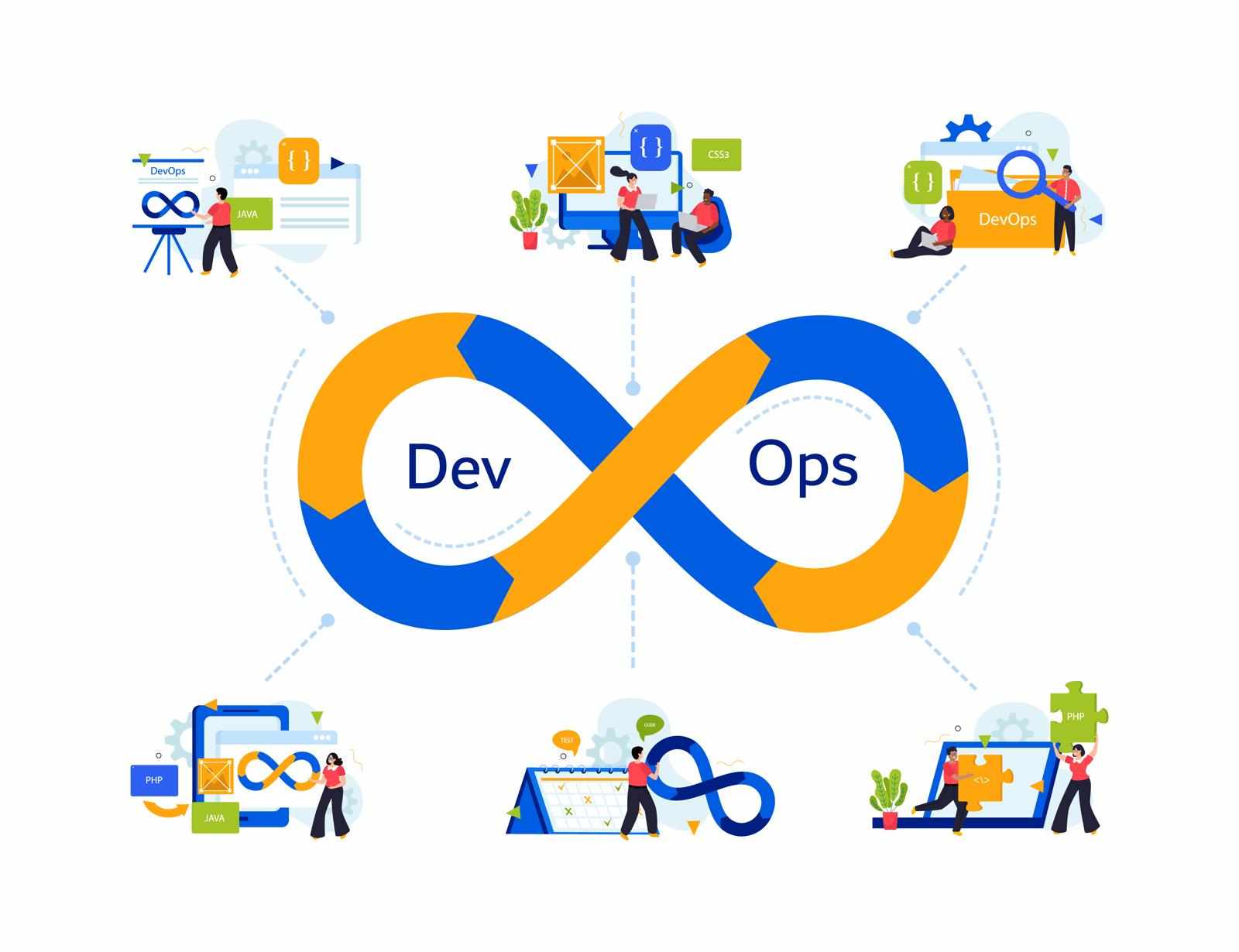
The rise of artificial intelligence has transformed how businesses operate, but agentic AI companies represent the next evolution in this digital revolution. These organizations don't just use AI tools - they build autonomous systems that can think, decide, and act independently. An agentic AI company creates intelligent agents capable of performing complex tasks without constant human oversight, revolutionizing industries from healthcare to finance.
Understanding how these companies function requires examining their unique architecture, operational methods, and the cutting-edge technology that powers their autonomous systems. This comprehensive guide explores the inner workings of agentic AI companies and their transformative impact on modern business.
What Makes an Agentic AI Company Different
Traditional AI companies focus on creating tools that assist human decision-making, while agentic AI companies develop systems that can operate autonomously. These organizations build intelligent agents that can perceive their environment, make decisions based on available data, and take actions to achieve specific goals. The key difference lies in the level of independence these systems possess.
Agentic AI companies prioritize creating self-governing systems that can adapt to changing circumstances without human intervention. Their technology goes beyond simple automation to include reasoning capabilities, learning from experience, and making complex decisions in real-time situations.
Core Components of Autonomous Agent Systems
The foundation of any agentic AI company rests on sophisticated autonomous agent systems. These systems combine machine learning algorithms, natural language processing, and decision-making frameworks to create truly intelligent software entities. Each agent operates with specific objectives while maintaining the flexibility to adapt their approach based on environmental changes.
Modern autonomous agents incorporate advanced neural networks that enable them to process vast amounts of information simultaneously. They can recognize patterns, predict outcomes, and execute strategies that align with their programmed goals while learning from each interaction.
Intelligent Decision-Making Frameworks
Decision-making represents the heart of agentic AI functionality. These companies develop frameworks that allow their systems to evaluate multiple options, consider potential consequences, and select the most appropriate course of action. The decision-making process often involves complex algorithms that weigh various factors including risk assessment, resource allocation, and optimization targets.
Advanced agentic AI companies implement multi-layered decision trees that can handle uncertainty and incomplete information. Their systems can make educated guesses when data is limited and adjust their strategies as new information becomes available.
Architecture of Modern AI Agent Systems
The technical architecture of an agentic AI company reflects the complexity of creating truly autonomous systems. These organizations typically employ distributed computing networks that can handle massive data processing requirements while maintaining real-time responsiveness. The architecture includes multiple layers of processing, from basic data ingestion to high-level strategic planning.
Cloud-native architectures dominate the agentic AI landscape, providing the scalability and flexibility needed for autonomous operations. These systems often integrate multiple AI models working in concert, each specialized for specific tasks while contributing to the overall agent intelligence.
Distributed Computing Networks
Agentic AI companies rely heavily on distributed computing networks to power their autonomous systems. These networks spread computational tasks across multiple servers and locations, ensuring that agents can operate continuously without single points of failure. The distributed approach also enables real-time processing of large datasets that agents need for informed decision-making.
Load balancing and redundancy measures ensure that autonomous agents maintain consistent performance even during peak usage periods. Companies implement sophisticated monitoring systems that track agent performance across the entire network infrastructure.
Multi-Model Integration Strategies
Rather than relying on single AI models, successful agentic AI companies integrate multiple specialized models to create more capable autonomous agents. This approach combines the strengths of different AI technologies, from computer vision models for environmental perception to language models for communication and reasoning tasks.
The integration strategy requires careful coordination between models to ensure they work harmoniously toward common objectives. Companies develop custom APIs and communication protocols that enable seamless information sharing between different AI components.
Machine Learning Operations in Agentic Systems
Machine learning operations form the backbone of how agentic AI companies maintain and improve their autonomous systems. These operations encompass everything from data pipeline management to model deployment and performance monitoring. MLOps practices ensure that AI agents continue improving their capabilities through continuous learning cycles.
Effective MLOps implementations allow agentic AI companies to deploy updates to their autonomous systems without disrupting ongoing operations. This capability is crucial for maintaining competitive advantage in rapidly evolving markets.
Continuous Learning Mechanisms
Agentic AI companies implement continuous learning mechanisms that enable their autonomous agents to improve performance over time. These systems collect data from every interaction and use it to refine decision-making algorithms and behavioral patterns. The learning process occurs in real-time, allowing agents to adapt quickly to changing conditions.
Advanced companies employ federated learning techniques that allow multiple agents to share knowledge while maintaining data privacy and security. This collaborative approach accelerates the learning process across the entire agent network.
Performance Monitoring and Optimization
Monitoring autonomous agent performance requires sophisticated tracking systems that can evaluate decision quality, execution efficiency, and goal achievement rates. Agentic AI companies develop custom metrics that align with their specific business objectives while providing insights into agent behavior patterns.
Optimization processes continuously adjust agent parameters based on performance data. These adjustments can range from minor algorithm tweaks to major architectural changes, all designed to enhance autonomous system effectiveness.
Real-World Applications and Use Cases
Agentic AI companies deploy their autonomous systems across diverse industries, each presenting unique challenges and opportunities. In healthcare, autonomous agents assist with diagnosis and treatment planning while maintaining patient privacy and safety standards. Financial services leverage these systems for fraud detection, risk assessment, and automated trading operations.
Manufacturing companies utilize agentic AI for supply chain optimization, predictive maintenance, and quality control processes. The versatility of autonomous agents makes them valuable across virtually any industry that requires complex decision-making and process automation.
Healthcare and Medical Applications
Healthcare represents one of the most promising applications for agentic AI technology. Autonomous agents can analyze medical records, diagnostic images, and patient symptoms to provide treatment recommendations and risk assessments. These systems operate continuously, monitoring patient conditions and alerting healthcare providers to potential issues before they become critical.
Agentic AI companies working in healthcare must navigate strict regulatory requirements while ensuring their systems maintain the highest accuracy standards. The potential for autonomous agents to improve patient outcomes while reducing healthcare costs drives significant investment in this sector.
Financial Services and Automation
The financial services industry has embraced agentic AI for its ability to process vast amounts of market data and execute complex trading strategies. Autonomous agents can monitor global markets continuously, identifying opportunities and risks that human traders might miss. These systems can execute trades, manage portfolios, and adjust strategies based on market conditions.
Risk management applications represent another significant use case, where autonomous agents continuously assess credit risks, market volatility, and regulatory compliance issues. The speed and accuracy of these systems provide competitive advantages in fast-moving financial markets.
Challenges and Future Opportunities
Operating an agentic AI company presents unique challenges that traditional AI businesses don't face. Ensuring autonomous system reliability becomes critical when agents operate independently, making decisions that can have significant business impact. Companies must develop robust testing frameworks and safety mechanisms to prevent autonomous agents from making harmful decisions.
Regulatory compliance represents another major challenge, particularly in highly regulated industries like healthcare and finance. Agentic AI companies must ensure their autonomous systems meet all applicable regulations while maintaining operational flexibility.
The future holds tremendous opportunities for agentic AI companies as technology continues advancing. Emerging capabilities in reasoning, planning, and multi-agent coordination promise even more sophisticated autonomous systems. Companies that master these technologies will likely dominate their respective markets through superior operational efficiency and decision-making capabilities.
Successful agentic AI companies combine cutting-edge technology with practical business applications, creating autonomous systems that deliver measurable value. As these technologies mature, we can expect to see even more innovative applications that transform how businesses operate across all industries.




















Write a comment ...